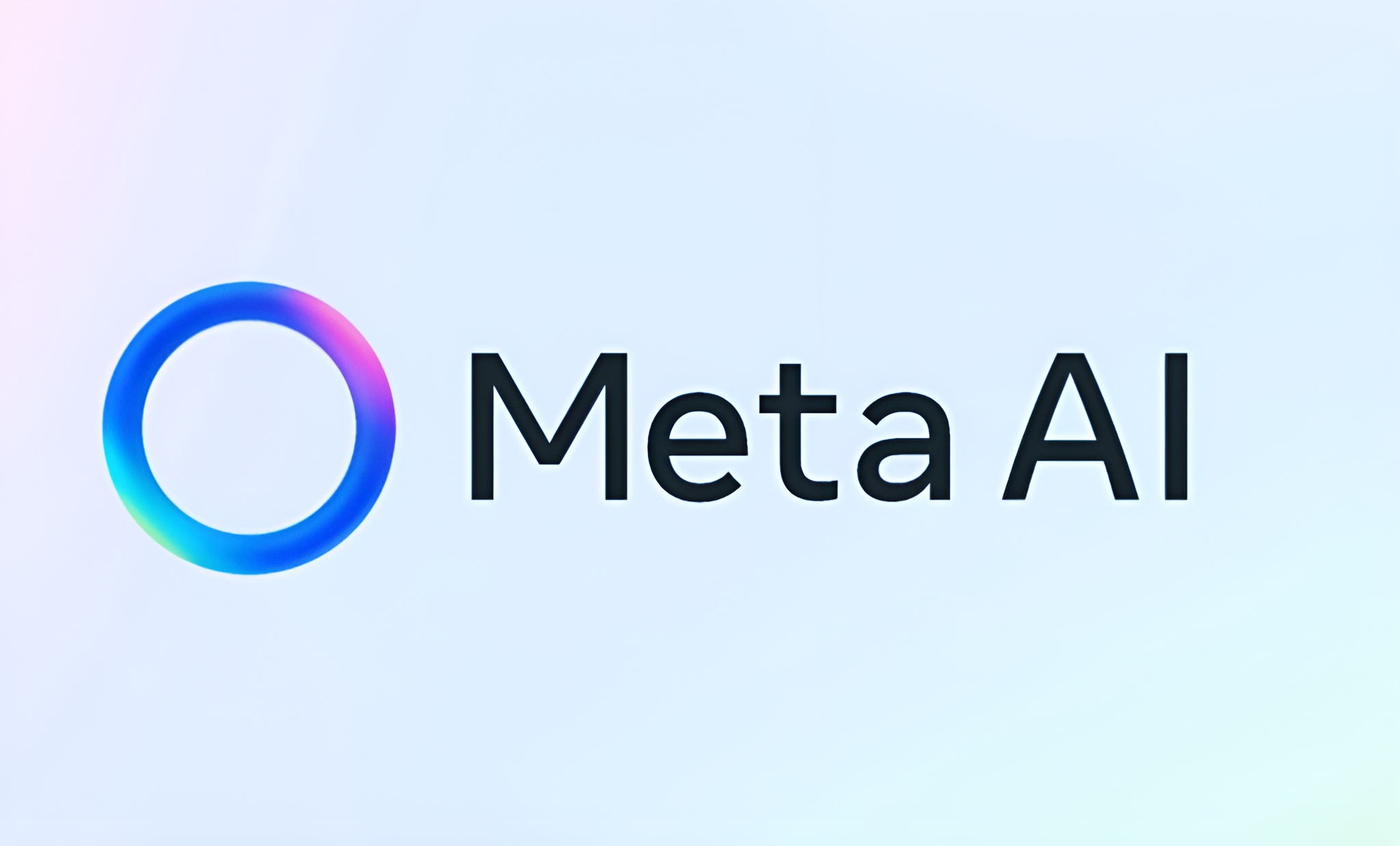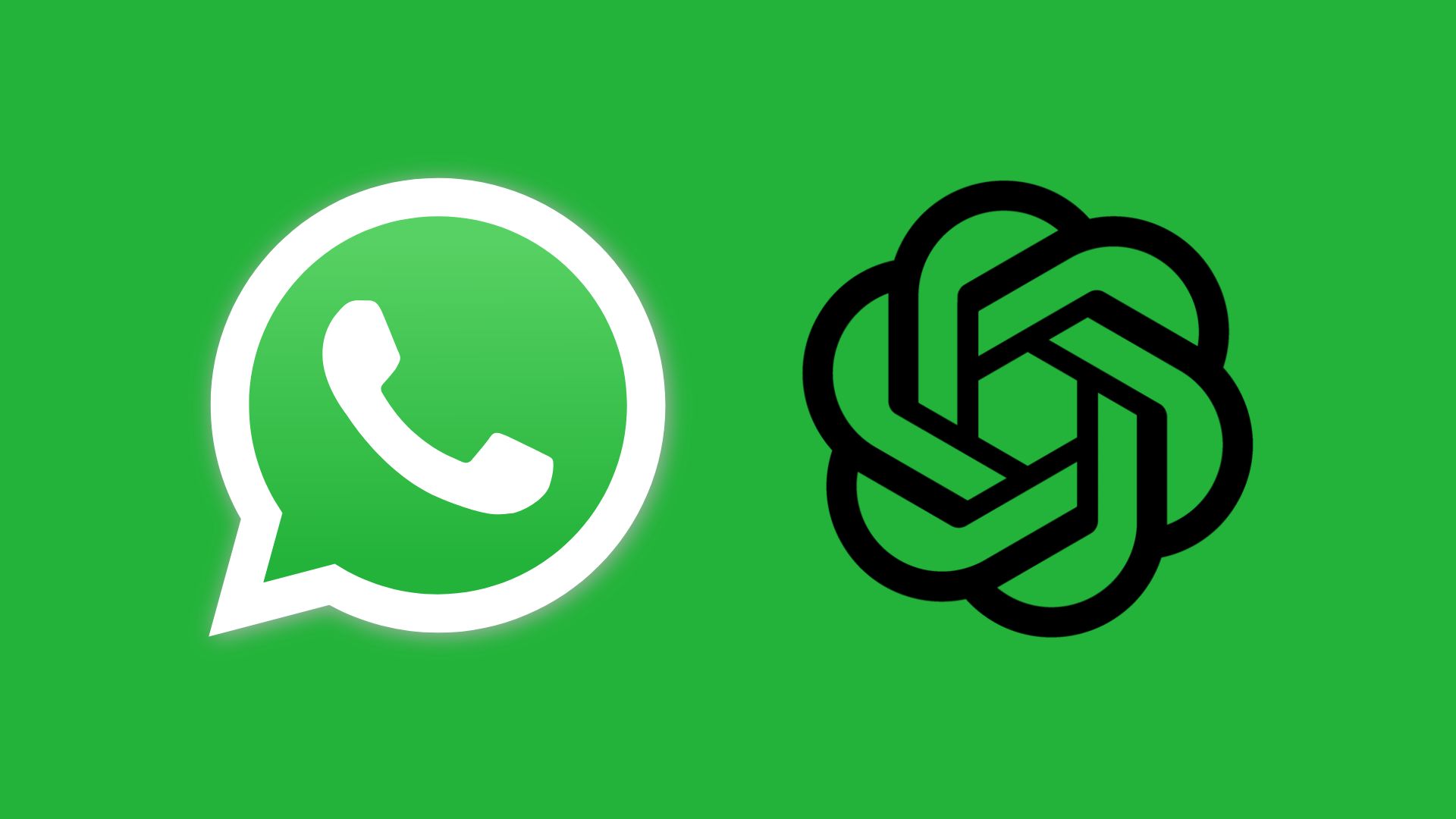Cloudflare’s chief executive Matthew Prince has urged the UK regulator to curb Google’s AI practices. He met with the Competition and Markets Authority (CMA) in London to argue that Google’s bundled crawlers give it excessive power.
Prince said Google uses the same web crawler to gather data for both search and AI products. Blocking the crawler, he added, can also disrupt advertising systems, leaving websites financially exposed.
Cloudflare, which supplies network services to most major AI companies, has proposed separating Google’s AI and search crawlers. Prince believes the change would create fairer access to online content for smaller AI developers.
He also provided data to the UK CMA showing why rivals cannot easily replicate Google’s infrastructure. Media groups have echoed his concerns, warning that Google’s dominance risks deepening inequalities across the AI ecosystem.
Would you like to learn more about AI, tech and digital diplomacy? If so, ask our Diplo chatbot!










